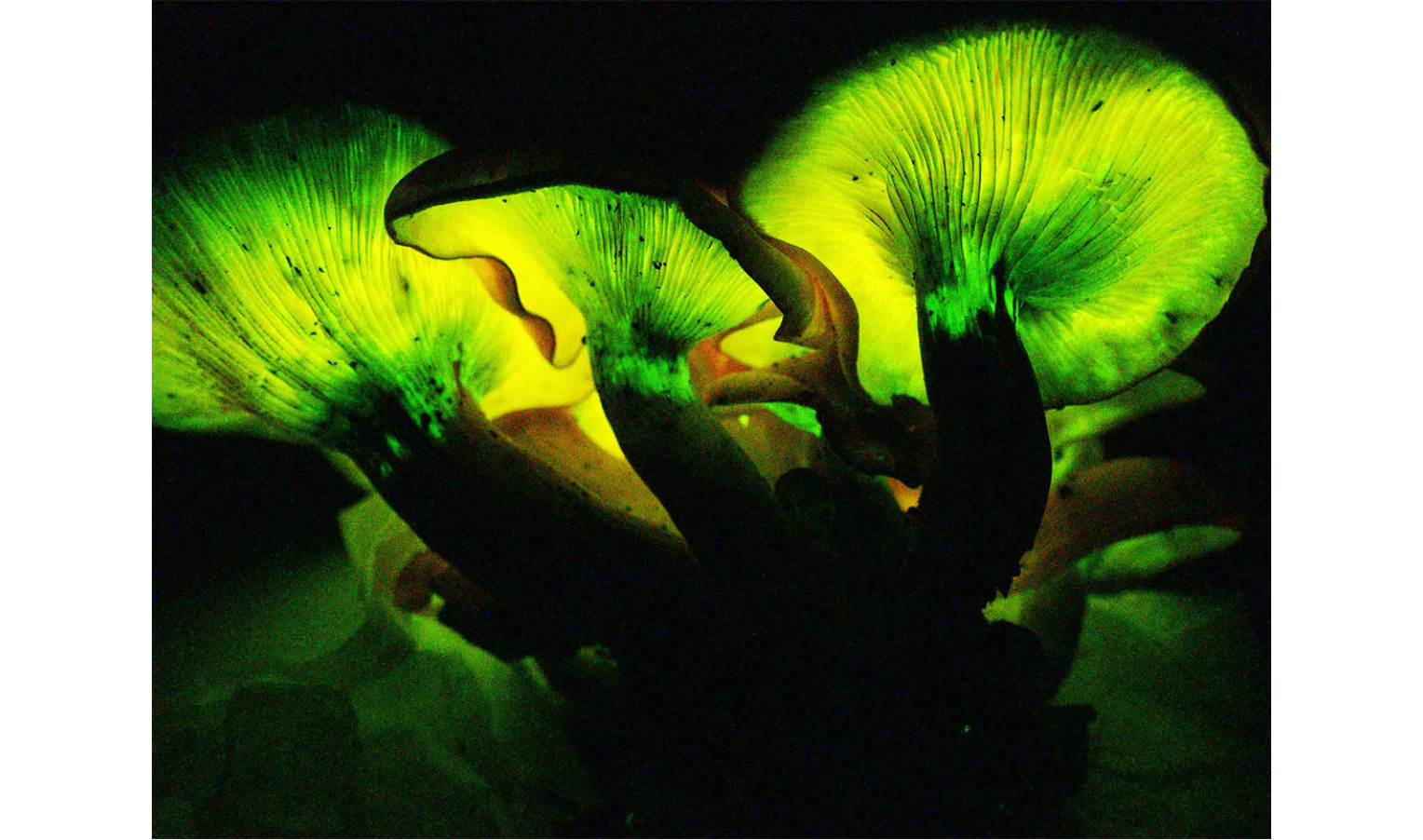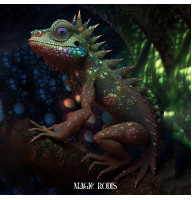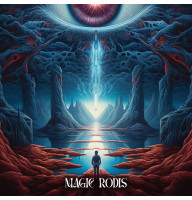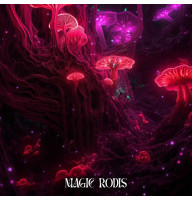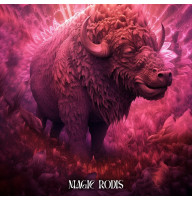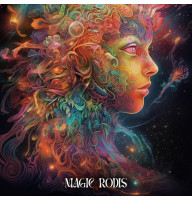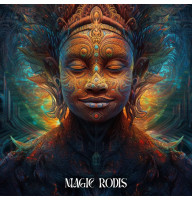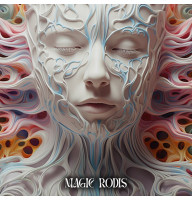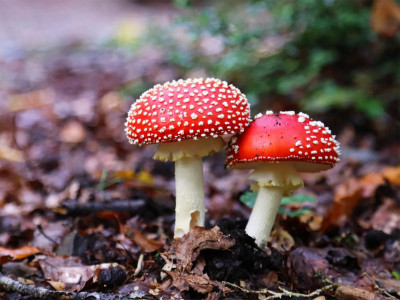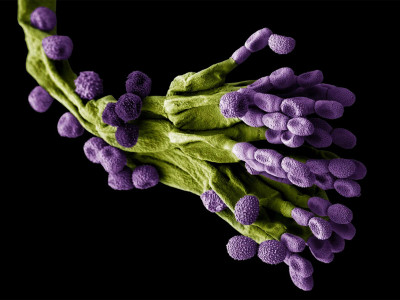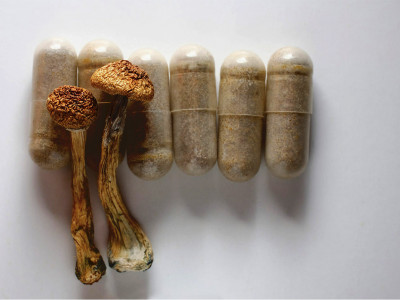Fungi are a kingdom of organisms that are vital to the Earth's ecosystem and have a major impact on human life. This hidden kingdom, consisting of millions of species, manages such processes as decomposition, nutrient cycling and the formation of symbiotic relationships with plants that support life. Fungi are organisms that are similar in their characteristics to plants and animals, and like any living thing, they eat, breathe air, constantly develop and reproduce.
Now let's take a closer look at this fascinating world of the mushroom kingdom.
The unique nature of mushrooms
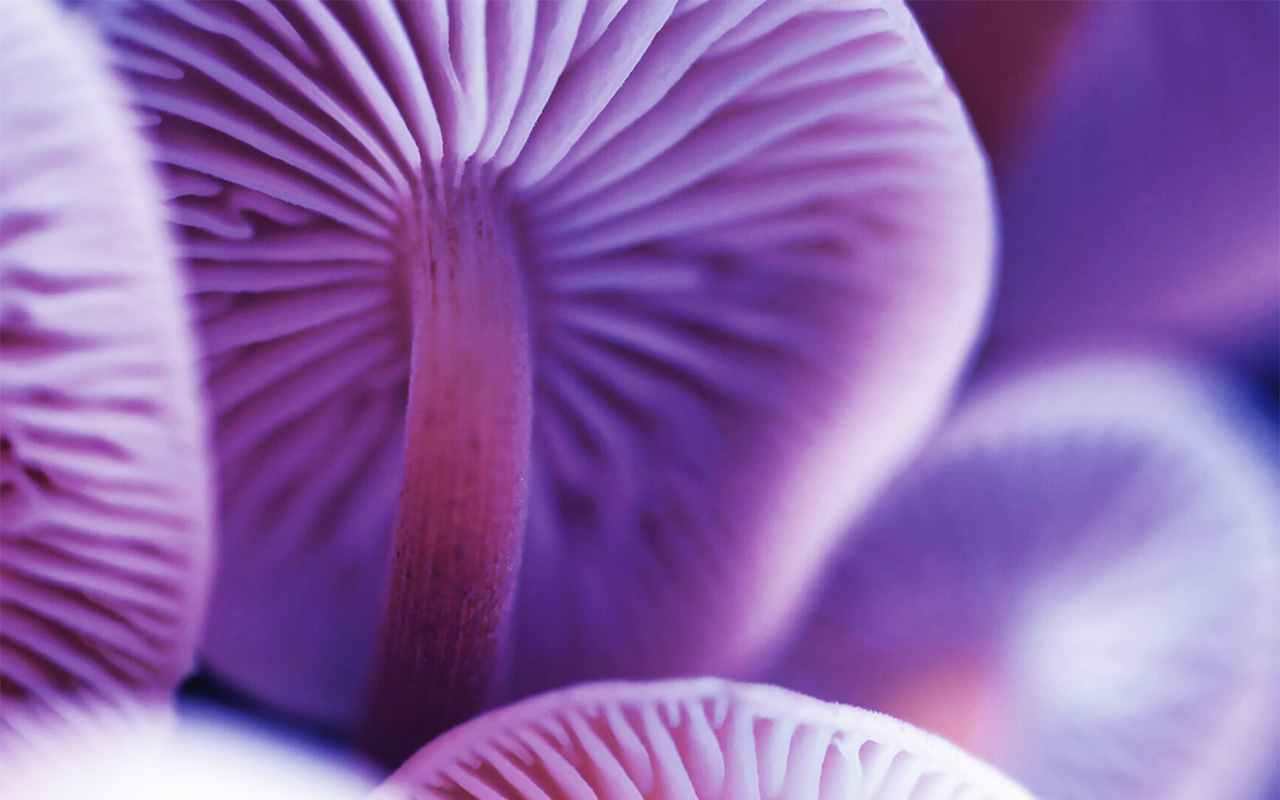
Fungi are the largest kingdom on the planet, with 3.8 million fungi in the world, and 90% of them are still unknown to science. Fungi are different from plants and animals, forming their own distinct group known as the Kingdom of Fungi. They differ in several ways, including their cellular structure, methods of obtaining nutrients, and reproduction mechanisms.
The complex network of the mycelium, the vegetative part of the fungus, acts as nature's connective tissue, binding ecosystems together and facilitating necessary interactions between different species.
Here are some of the key differences:
- Cell structure: Fungi have a unique cell structure that sets them apart from plants and animals. Their cell walls are composed of chitin, a complex carbohydrate found in the exoskeletons of arthropods such as insects and crustaceans. In contrast, plant cell walls are composed of cellulose, while animal cells have no cell walls at all.
- Obtaining nutrients: Unlike plants, which produce their own food through photosynthesis, fungi are heterotrophic. They obtain their nutrients by secreting enzymes to break down complex organic matter, which they then absorb into their cells. Animals are also heterotrophic, but they consume their food and digest it internally.
- Reproduction: Fungi reproduce using spores, which can be asexual or sexual, depending on the species. They release spores into the environment, which then germinate and grow into new mushrooms. Plants reproduce through seeds or spores, while animals reproduce by fertilizing eggs with sperm.
These key differences, along with other traits, make fungi a special and interesting group of organisms, separate from both plants and animals. Their unique characteristics have enabled them to thrive in a variety of ecosystems, playing crucial roles in nutrient cycling, decomposition, and symbiotic relationships with plants and other organisms.
Mycelium: nature's underground network
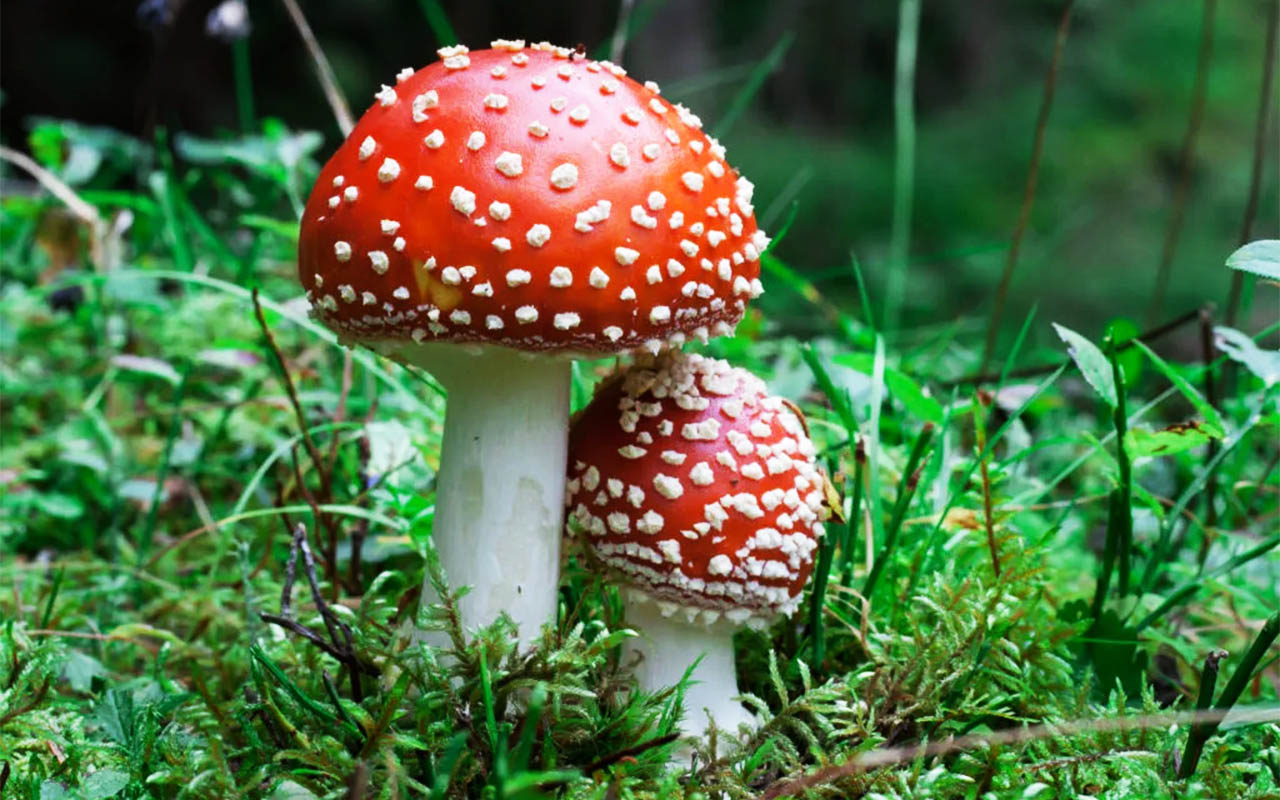
Mycelium, made up of thread-like structures called hyphae, forms an underground network that plays an important role in nutrient cycling and soil health. This dense network of threads connects different organisms in the ecosystem, allowing them to exchange nutrients and communicate with each other.
Through a process known as mycorrhizal symbiosis, mycelium forms a partnership with plant roots, supplying them with water and essential nutrients in exchange for carbohydrates produced through photosynthesis. This mutually beneficial relationship enhances plant growth, improves soil fertility, and contributes to the overall health of the ecosystem.
Famous fungi and their role
- Penicillin: The discovery of penicillin, a group of antibiotics derived from fungi of the genus Penicillium, has revolutionized medicine and saved countless lives since its discovery in 1928. Penicillin works by inhibiting the synthesis of the bacterial cell wall, making it effective against a wide range of bacterial infections.
- Saccharomyces cerevisiae: Commonly known as baker's yeast, this type of fungus plays an important role in the production of bread, beer and wine. During the fermentation process, S. cerevisiae converts sugars into carbon dioxide and alcohol, which results in the characteristic textures and flavors of these favorite foods and beverages.
- Claviceps purpurea: This parasitic fungus infects cereals, producing a toxic compound called ergot alkaloid. If ingested, ergot alkaloid can cause serious health problems, including hallucinations, muscle pain, and even gangrene. Interestingly enough, the compound lysergic acid diethylamide (LSD) was derived from ergot alkaloids.
- Amanita muscaria: This iconic mushroom with a red cap and white spots is known for its hallucinogenic properties. Although Amanita muscaria is poisonous when eaten raw, it is safe when dried and has been used for spiritual and shamanic purposes in some cultures after proper preparation.
Glowing mushrooms: bioluminescence in the world of fungi

An amazing feature found in some species of mushrooms is their ability to produce light, a phenomenon known as bioluminescence. Bioluminescent mushrooms emit a soft green or blue glow that can be seen in the dark. There are about 80 known species of bioluminescent fungi, mostly found in tropical and subtropical forests.
The bioluminescent glow of mushrooms is the result of a chemical reaction involving a compound called luciferin, an enzyme called luciferase, and oxygen. When these substances come into contact, they produce light as a byproduct. This process is similar to that of bioluminescent animals, such as fireflies and some deep sea creatures.
One of the most famous bioluminescent mushrooms is the "ghost mushroom" "Omphalotus nidiformis", which grows in Australia and parts of Asia. This mushroom produces a greenish glow that can be seen at night, giving it an eerie, ghostly appearance.
The exact purpose of bioluminescence in mushrooms remains a subject of scientific investigation. Some researchers believe that it may be a form of communication, a way to attract insects to spread spores, or a defense mechanism to deter predators.
Conclusion
The hidden world of fungi is vast and diverse, encompassing both beneficial and harmful species that play a critical role in ecosystems and human life. By understanding the complex relationships between fungi and other organisms, we can better appreciate their importance in maintaining the delicate balance of our planet and unlocking potential benefits for human health and well-being.
As we continue to explore this fascinating realm, we can undoubtedly expect to uncover even more secrets and surprises, deepening our appreciation for these unsung heroes of the natural world.

